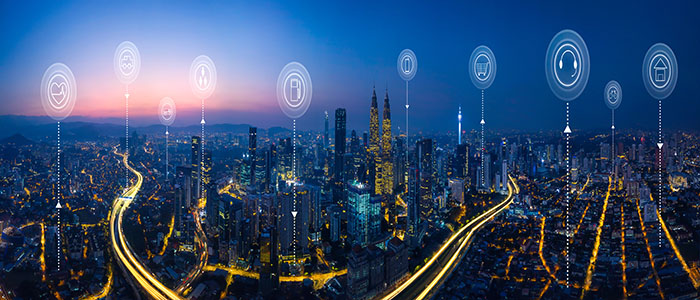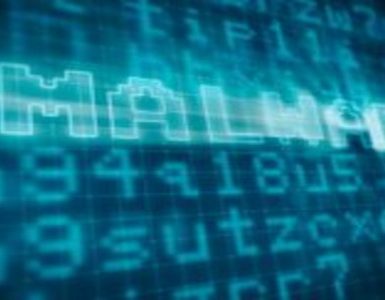Also commonly referred to as the IoT for short, the Internet of Things refers to countless devices that are all connected to one another, creating and sharing data at virtually all times. These systems – which usually take the form of sensors embedded in everyday objects – are capable of this level of data transfer over wireless networks without the need for human intervention.
We’re already seeing the use cases for this technology taking place in “smart” homes around the world. With a bare minimum of technical knowledge, it’s possible to configure your smart thermostat, your smart blinds and even your lighting to all “work together” to make your life more convenient. If the temperature rises above a certain level one afternoon, you can have your thermostat automatically increase the air conditioning while lowering the blinds and turning on the lights – all without having to be explicitly “told” to do so (beyond the initial programming of the automation, of course).
The possibilities are even bigger in the world of the industrial Internet of Things. If every piece of equipment on a factory floor had a sensor inside it that fed you real-time information about its current status, suddenly you have everything you need to make better and more informed decisions all day long. You can see which assets are performing at peak efficiency and, more importantly, which ones aren’t. You can see which equipment is in high demand during certain production lines to prioritize their availability during seasonal fluctuations. You can even gain a better understanding of what you have to do in terms of predictive maintenance, all so that you can prevent downtime and increase the total lifetime value of those machines.
Fleet managers also use this same type of technology to help better understand the routes their drivers are taking, to prioritize training and to generally just make sure that deliveries are getting where they need to go on-time and as safely as possible.
According to one recent study, there will be 41 billion devices connected to the Internet of Things by as soon as 2027. By as soon as 2023, it’s estimated that approximately 70% of all automobiles will be connected to the Internet in some way. Once you consider the fact that companies will also be investing approximately $1.1 trillion into the Internet of Things by roughly the same time, you can probably already get a fairly good idea of where this is headed.
The Future of Smart Cities is Here
One of the most important things to understand about smart cities is that the technology behind them isn’t some far off dream. It’s not the product of some science fiction writer’s wild imagination. Most of it is already here – as evidenced by those examples outlined above.
But the term “smart city” doesn’t necessarily refer to a living, breathing city at all. Instead, you should think of it as a framework – one made up of complimenting technologies that allow officials to develop and deploy the types of best practices that will be needed to address a lot of challenges in urban areas in particular over the next decade.
Remember how you can tell your smart thermostat to automatically raise and lower the temperature in your home at certain times of day or during certain times of year? A lot of homeowners love this because it’s a great way to save a significant amount of money on their monthly utility bills without really doing anything at all.
When most of the major infrastructure components of a city have the same basic functionality, you’re talking about the same basic thing on a much larger scale. Internet of Things applications can allow local officials to receive, analyze and mange data in real-time. This allows them to make better and more forward-thinking choices surrounding energy distribution, for example. If you have access to huge volumes of historical data about daily traffic patterns, suddenly you have everything you need to relieve road congestion. You can even see which factors are negatively impacting air quality, all so that you can do something about it.
Even “smart” garbage cans can automatically send data to waste management officials as-needed, instantly alerting them to a situation where a pickup is needed urgently versus one that can wait for a pre-planned event.
Whether you’re talking about a smart home or a smart city, it doesn’t actually matter – the key theme is that this is all about using technology to help make people’s lives better. It’s about leveraging the advancements that have already happened over the last decade to make the next one (and beyond) better in terms of our infrastructure, our public services and our utilities.
When you think about how truly far this concept has come in even just the last five years, it’s truly exciting to think about what the next five may have in store for us all.


















Add comment